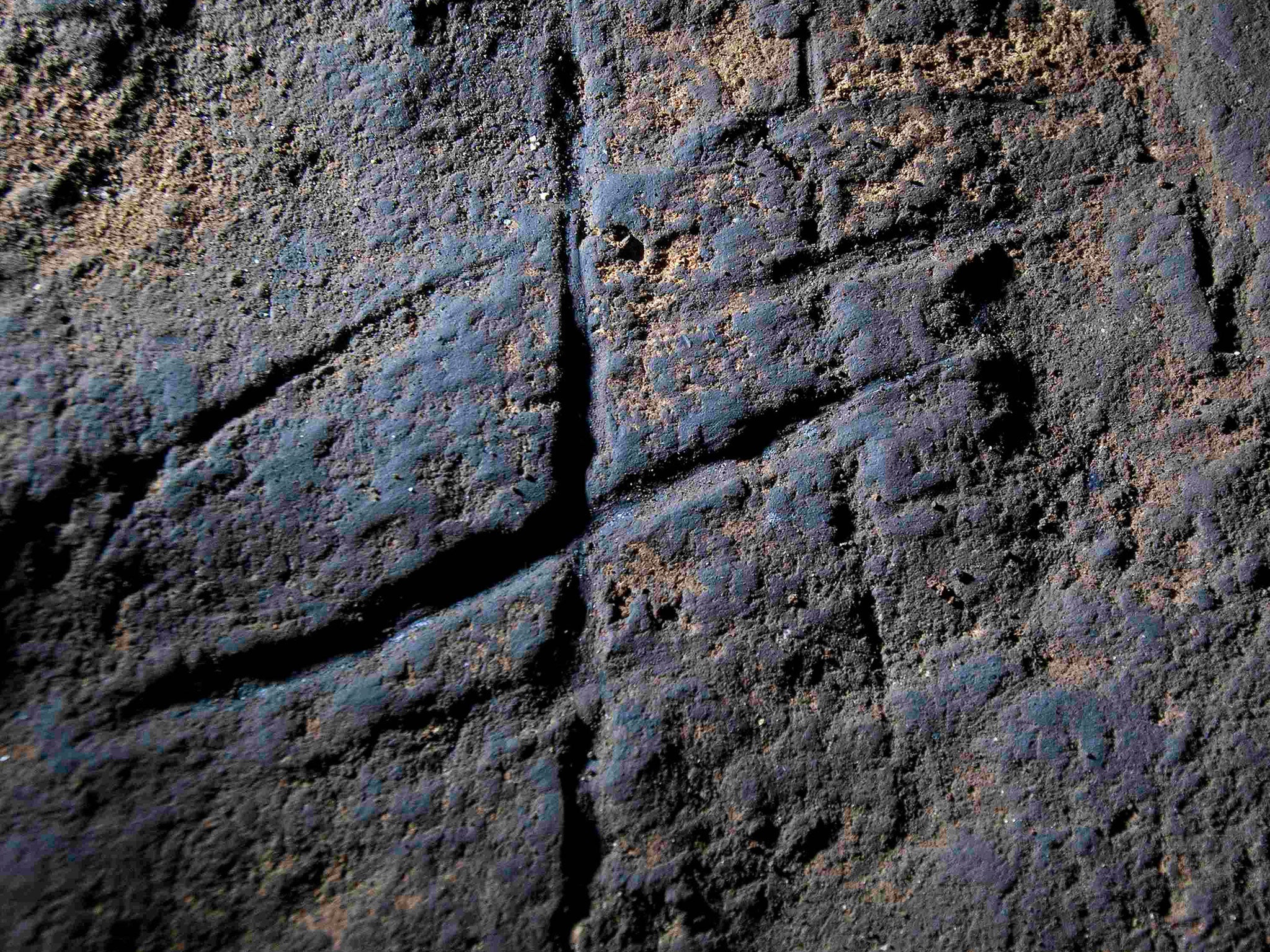The Independent's journalism is supported by our readers. When you purchase through links on our site, we may earn commission.
Neanderthal 'art' created 40,000 years ago, found in Gibraltar cave
Pattern scratched into to rock resembles grid for noughts and crosses

Neanderthals, long assumed to be simple, early forms of human beings, whose looks characterise them as brutish creatures, have shown signs of being more considered and creative than the species has previously been given credit for.
In a cave in Gibraltar, where Neanderthal tools have already been discovered, a set of marks thought to be over 39,000 years old have been found scratched into a rock, which could be examples of art.
The geometric scratches, which resemble the grid of a noughts and crosses game, were discovered by Professor Clive Finlayson of the Gibraltar Museum and colleagues, when examining the floor of Gorham’s cave on the island.
The New Scientist reports that the thick layer of clay lying immediately on top of the rock in the cave, which was “littered” with remnants of the fires burned by the Neanderthals, shows that the etchings were made more than 39,000 years ago.
Finlayson’s colleague Francesco d’Errico carried out a number of experiments using Neanderthal tools to determine whether the deep cuts in the rock were made purposefully, or whether they could have been made while trying to cut through meat or something similar.
But d’Errico said that the results of his experimentation showed that “this was not idle doodling,” as it “required a lot of effort” to get such deep indentations in the rock.
Similarly, the scratches made from cutting meat did not create the same lines: “Every time you cut over the meat what comes out is a different shape,” he said.
“The pattern was clearly purposefully made, and not a utilitarian activity. There was a will to produce an abstract pattern,” he added.
Finlayson’s team published their findings in the journal PNAS, and claimed that the discovery “brings the Neanderthals closer to us, yet again”.
Speaking to the BBC, Finlayson said the team members deliberately avoided speculation in their scientific paper as they wanted it to be a “watertight” description of what they had found.
Finlayson has found one aspect of the discovery intriguing however, which is that the engraving “is at the point in the cave where the cave’s orientation changes by 90 degrees”.
“It’s almost like Clapham Junction, like it’s showing an intersection. I’m speculating, but it does make you wonder whether it has something to do with mapping, or saying, ‘This is where you are’.”
Previous assumptions of Neanderthals’ stumped intellectual capabilities, and the stereotypes that they were simple and brutish creatures, have been routinely debunked over the years as more and more discoveries have been made about the species.
Scientists have found that Neanderthals may have buried their dead on purpose, painted themselves with red and black colours, and that they wore feathers as personal ornaments.
Join our commenting forum
Join thought-provoking conversations, follow other Independent readers and see their replies
Comments